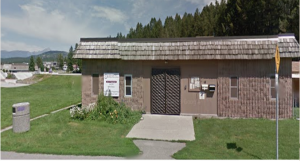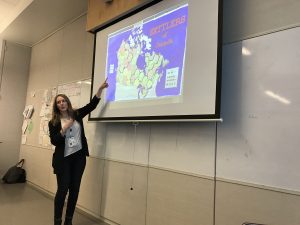Weblog # 4
- https://gavinlakecamp.wordpress.com
- This is the website of the camp that my students and I had our outdoor education experience. You can see that they rely on donations for their operations budget. It is a very familiar set up that you would see at most summer camps. Several wood cabins, main lodge, shared bathroom, campfire pit, grass field, etc. If you happen to live or teach near Williams Lake or 100 mile I highly recommend it.
- http://www.sd27.bc.ca/wp-content/uploads/2015/01/2015-02-16-gavin-lake-fall-school-program.pdf
- This is the sd27 resource package for teachers in sd27 who might want to take their students to Gavin Lake. I was rushed when I took my students. It was only a couple days notice that we had about going and I just went for it head first. It was really helpful to have this package when we went. I would have been lost without it.
- https://books.google.ca/books?hl=en&lr=&id=J5NtoXOd0tcC&oi=fnd&pg=PR7&dq=Redefining+Science+Education+for+Aboriginal+Students.&ots=zvuhgaIkUG&sig=nVHq6uyHDAYtidNZCxprrPFUnUA#v=onepage&q=Redefining%20Science%20Education%20for%20Aboriginal%20Students.&f=false
- This is from my research into some of the theories that my field trip with my students to Gavin Lake based its activities on. I remember clearly my time with one of my groups at the water ecology activity where we were guided into learning about the environment at Gavin Lake. I was surprised at some of the knowledge that my students had at the life cycle of fish and other water animals. I wasn’t sure how much time they spend outdoors but clearly they have spent significant time camping and around nature. I can certainly see how valuable it is to allow children to spend time outside with their parents or elders learning about the environment. I suppose that urban aboriginal youth would be vulnerable to missing out on some of these experiences, thus all the more need to make them a priority.
- https://books.google.ca/books?id=RSzgtQTLg_AC&pg=PR19&lpg=PR19&dq=An+Aboriginal+Approach+to+Healing+Education+at+an+Urban+High+School.%22&source=bl&ots=j1FhV4FfyR&sig=SSbvg4-n9D6lgy8uwK5pM9fKhh8&hl=en&sa=X&ved=0ahUKEwi7qqC70v7QAhWD0FQKHaHtAGQQ6AEIGTAA#v=onepage&q=An%20Aboriginal%20Approach%20to%20Healing%20Education%20at%20an%20Urban%20High%20School.%22&f=false
- This flows from my last page into looking at the challenges that urban aboriginals are experiencing at the larger schools with more diverse populations. Although it did not contain what I was hoping for in terms of what programs are being offered to aboriginals for their education, it did provide some broader examples of programs that can work with all students.
- http://www.ainlay.ca/datafiles/Ourdeva/OjibwaLearning.pdf
- What was great about finding this article was how it was put into the perspective of learning through an aboriginal point of view. Western education has been imposed on aboriginals in Canada with the thought process being that the western way is the best and only way. It would be interesting in seeing an education system built around what was best for the students, not most convenient for parents and educators. I would imagine in this new student education system that significant time would be spent outdoors, for extended periods of time being taught how to hunt, fish, how nature works, the humans impact on the environment, etc. I imagine that this was the education system similar to the way aboriginal students were taught before the encroachment of western ideas.





